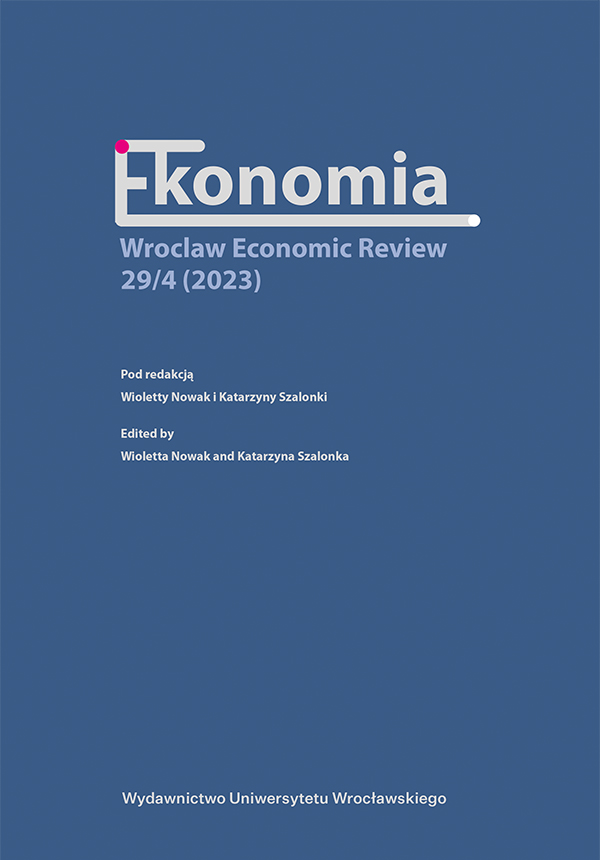Carbon Border Adjustment Mechanism (CBAM): Geographical and commodity scope in Polish imports
Carbon Border Adjustment Mechanism (CBAM): Geographical and commodity scope in Polish imports
Author(s): Elżbieta Kawecka-WyrzykowskaSubject(s): National Economy, Energy and Environmental Studies, Business Ethics, Socio-Economic Research
Published by: Wydawnictwo Uniwersytetu Wrocławskiego
Keywords: carbon leakage; CBAM; Carbon Border Adjustment Mechanism; climate changes; eco-taxes;
Summary/Abstract: The Carbon Border Adjustment Mechanism (CBAM) is a new instrument of the EU’s European Green Deal policy. It is intended to contribute to the reduction of greenhouse gas emissions in the world. The CBAM provides for a levy (tax) to be imposed on energy-intensive imports which heavily pollute the environment. The aim of the study was to provide a quantitative assessment of the commodity and geographical coverage of the CBAM in Polish imports. Several indicators were calculated to assess the possible negative impact of CBAM. These indicators can be interpreted as rough measures of the eff ects of the tax. They were compared with similar indicators calculated by other authors for the whole EU. This paper is a continuation of earlier studies of other researchers who analyzed CBAM coverage and possible implications, while adopting assumptions other than those fi nally included in the CBAM Regulation. The key fi ndings and main conclusions are as follows: Negative eff ects of the CBAM will be concentrated on several product groups: steel products, chemicals, polymers, and aluminum. These products accounted for as much as 96% of Poland’s external import subject to the levy. The scale of the fi nal eff ects of the tax will depend mainly on the level of ETS allowance prices and the intensity of adjustments made by domestic companies and foreign partners. The study ends with two conclusions: First, manufacturers have several years to prepare a strategy to limit the negative eff ects of the levy (it will be charged as of 2026), but they should start the adjustments as soon as possible. Second, the carbon footprint of a product (as low as possible) is becoming an increasingly important factor in the manufacturers’ international competitiveness. The method of descriptive analysis as well as statistical methods were used.
Journal: Ekonomia – Wroclaw Economic Review
- Issue Year: 29/2023
- Issue No: 4
- Page Range: 197-212
- Page Count: 16
- Language: English

